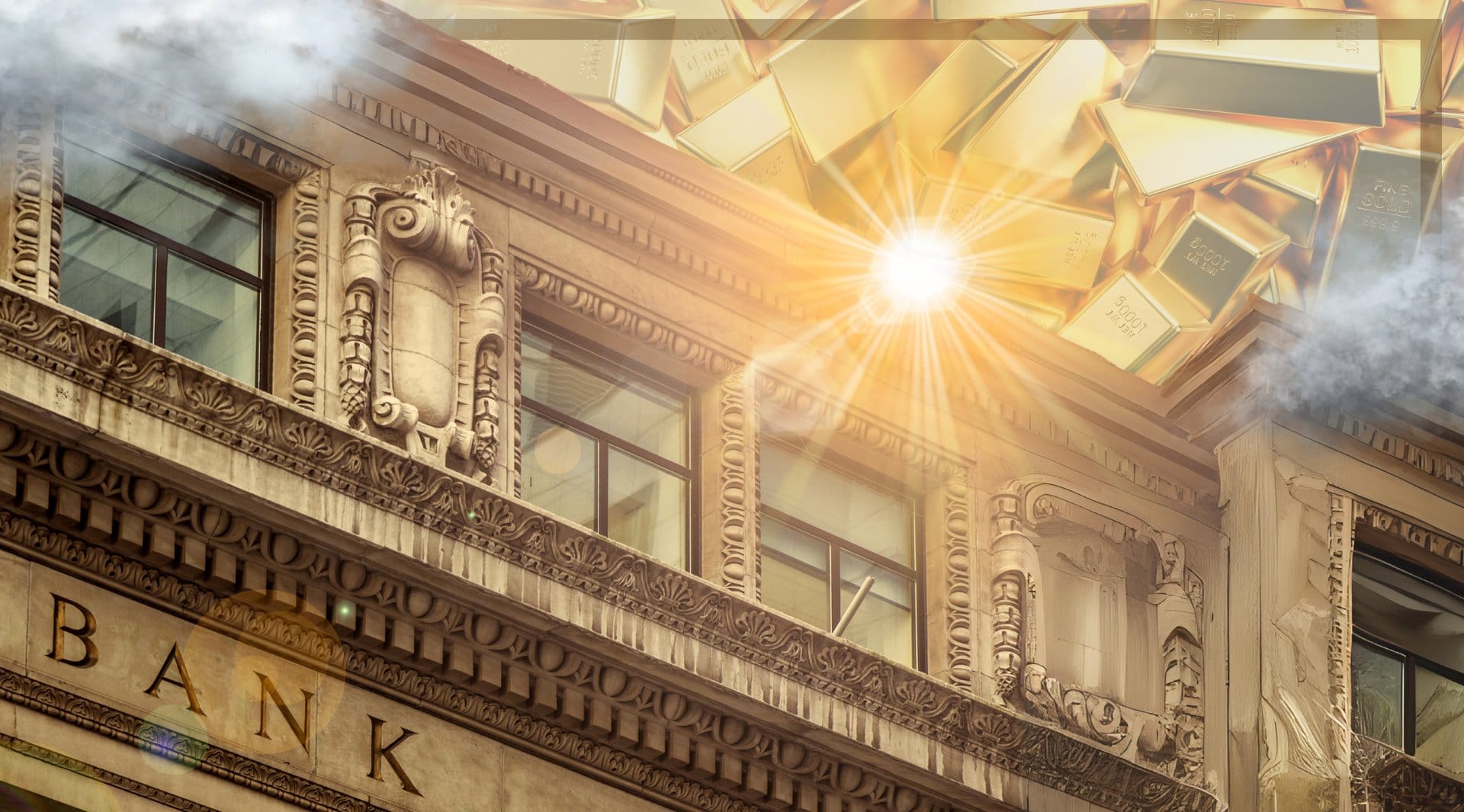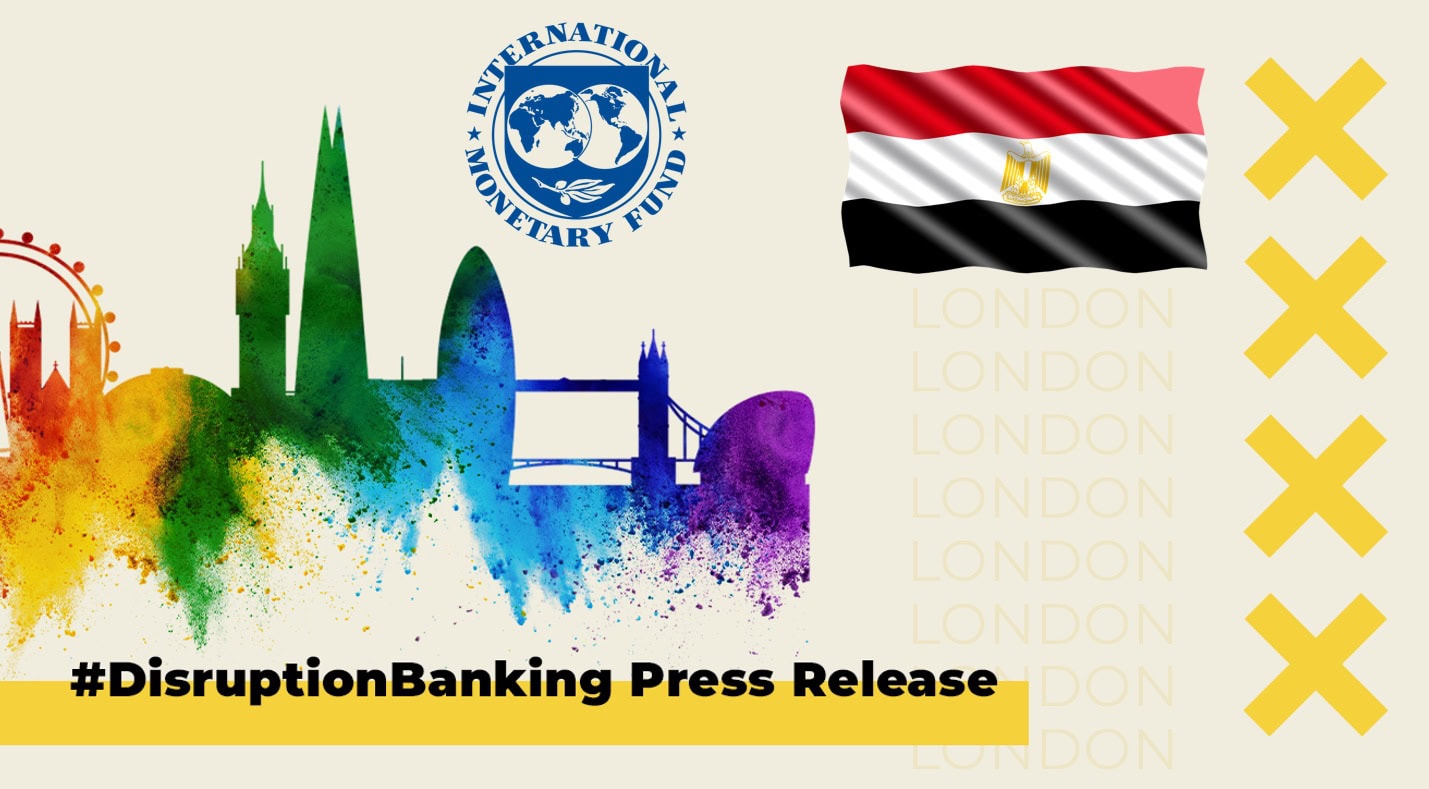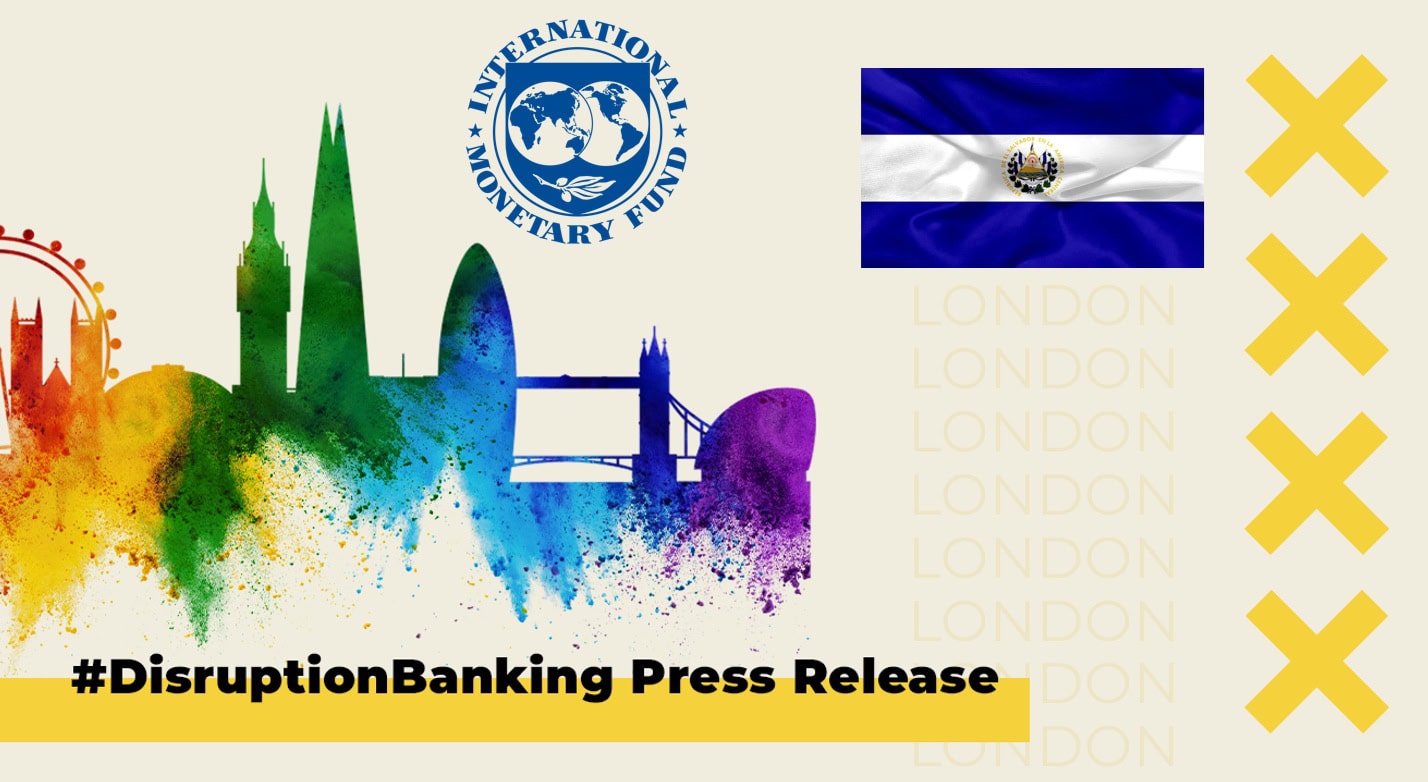With Bitcoin flatlining, Tech stocks falling, and Warren Buffet proclaiming the end of Bonds, it might be time to turn back to the safe-haven that is gold:
The story that keeps coming back to haunt us all week.
— #DisruptionBanking (@DisruptionBank) March 7, 2021
What does this story mean for Fixed Income and Funding Strategies?
Find out more:#disruptionbanking https://t.co/ewJdhsCNDE
And as today is ‘International Women’s Day’ and diamonds rarely trend on global markets, we thought we’d turn our attention back to gold instead.
There’s no doubt that gold prices have continued to depreciate of late, particularly from the precious metal’s much-vaunted peak of $2,070.05 on August 6th of last year.
In fact, gold slipped back below the coveted $1,800 per ounce mark at the tail end of February, as longer-term interest rates rose further on government bonds and US President Joe Biden continues to push for $1.9 trillion coronavirus relief.
We’ll explore the recent performance of gold further below, while asking what the future holds for the precious metal.
How has Gold Performed Recently?
Interestingly, this recent plunge came after a price rebound recently, albeit one that was scarcely noticeable in the hustle and bustle of market activity.
More specifically, gold in NZD and USD terms rallied by +0.14% and +0.56% respectively towards the end of February, causing the precious metal to push back beyond the $1,800 barrier by March.
However, this trend was quickly reversed, as the recent government bond data was released and every other major currency denomination of gold prices declined. Whilst we also covered a story where it was suggested that Bitcoin had become the new gold.
The depreciation in GBP terms was particularly pronounced, with gold falling by -0.32% by this measure.
What’s interesting is that gold prices have continued to struggle even as the US Dollar falls back, with risk appetite continuing to surge as the demand for safe-haven assets and secure stores of wealth declines.
This has much to do with a much improved economic outlook in the wake of various coronavirus rollout programs, with the IMF having upgraded its initial forecast for growth in 2021 by 0.3 percentage points. This means that the global economy is projected to grow by as much as 5.5% in 2021, while expanding by a further 4.2% during the following year.

What Does the Future Hold in Store for Gold?
The recent performance of gold has been charted by FXOpen, with the precious metal’s various (but subtle) price shifts observed naturally through the hugely popular MetaTrader 4 (MT4) app.
But what exactly does the future hold for the asset? Well, there’s no doubt that bearish sentiment is creeping into the gold market against the backdrop of the wider economic climate, with the price seemingly trapped in a new $50 range.
Morgan Stanley is certainly staking its bearish flag in the sand, which prices are expected to fall and remain below $1,800 per ounce by the end of 2021. This outlook makes sense, especially with gold prices bouncing between resistance around the $1,850 mark and support at $1,800 per ounce or a little below.
It’s thought that even rising inflation won’t be enough to support struggling gold prices, despite a projected increase of 2% over the course of the next two years.
This relatively weak level of inflation will compound the impact of an ever-improving economic outlook, while weighing heavily on gold prices over time.
The price momentum heading into Q2 and the remainder of 2021 is noticeably poor too, with silver likely to outperform its more illustrious metal in the coming months.
Alarmingly, women are nearly twice as likely as men to have lost their jobs or quit because of the impacts of Covid-19.
— #DisruptionBanking (@DisruptionBank) March 1, 2021
And 67% of women are feeling more stretched than ever before.
Find our more today: @wealthiher @GOLDCOUNCIL @Glintpay https://t.co/jEL8vyreqA
Yet, as we covered only a few weeks ago, the last time Gold was where it is today was back in 2011. The Money Supply back then equalled $9.5 trillion and the Gold supply was 175k tonnes. Interestingly, over the last almost 10 years, while money has doubled, the supply of Gold is only 14% higher.
If you want to get your special someone a little something for International Women’s Day, maybe a little gold through the Glint app would be a better idea than flowers.
#SafeHaven #Gold #WarrenBuffet #depreciation #Inflation #Silver
Author: Guest Writer
The Specialists Respond, special commentary by Glint
Jason Cozens, Founder & CEO at Glint, says: “Although gold prices have dipped recently, this has little bearing on the long-term performance or reputation of gold as a store of value. After all, despite its high-profile recent performance, it is still up 13% on the year and almost a third on 2019. Short-term market fluctuations are nothing new and are relatively minor compared to the double-digit overnight falls some cryptocurrencies have experienced in recent months, for example, the value of Bitcoin fell by almost a quarter over two days last month, whilst Ethereum dropped 15% overnight. This is emphasised further in Charlie Morris’ Atlas Pulse Gold Report (published by Glint), ‘Gold has seen volatility consistently below 20% (in line with a 20-year bond), whereas Bitcoin has rarely dipped below 60%’. In contrast to other currencies, gold has been trusted by many as a safe haven in times of uncertainty for centuries, largely due to the fact it is a finite resource and exists outside of the financial system so cannot be manipulated or controlled by governments or central banks, unlike fiat currencies.
“Savers have been punished for entrusting their wealth to banks; every day that our money sits in a savings account it loses value due to a combination of inflation outstripping interest rates, public borrowing and spiralling debt and, of course, the continuation of quantitative easing. The financial status quo isn’t worked for the majority of consumers and it is time for change. There is clearly appetite for an alternative to the current system as cryptocurrencies increase in popularity and, at Glint, we’ve seen a 40% jump in clients since November and are well on track to hit our target of almost 140,000 clients by Q4 2021.”
“Our mission at Glint is to democratise gold, enabling it to be used once again as a viable means of global exchange and to give everyone a equal opportunity to prosper. We don’t see ourselves, or gold, in competition with cryptocurrencies but rather as part of a coherent alternative currency revolution which provides consumers and savers with a global, everyday currency that you can use to spend and save their wealth.”
Press information
Glint Pay Services Ltd. (glintpay.com) is a fintech company, based in London, Boulder (US) and Tokyo, that uses gold as an alternative global currency to enable its clients instantly to buy, sell, save, spend and now, share their physical gold and other currencies, through the Glint Mastercard® and Glint App.
Glint offers no credit facilities, it allows users to transfer, receive and save real gold, which is secured in Brink’s vaults in Switzerland.
Glint has generated more than 105,700 app downloads, tens of thousands of registered users and more than GBP 100 million in transaction volumes.
The new Glint P2P offer, Glint it!, allows customers to instantly send or receive money, including real, spendable gold and other currencies between Glint account holders. This facility is available as part of the Glint app which can be downloaded to smartphones from Apple’s App Store and Google Play.
Glint is authorised and regulated by the UK’s Financial Conduct Authority which has given permission for Glint to issue electronic money (e-money) and provide payment services (FRN 900657).
Gold is not regulated by the FCA. However, Glint’s clients know their gold is secured in a Brinks Vault in Switzerland. Brinks is insured by Lloyds of London and their policy covers the replacement value of Glint client’s Gold as held in their vault.
The Glint card is issued by Glint Pay Services Ltd pursuant to licence by Mastercard International Inc.
Whilst we strongly believe that gold is the fairest and most reliable currency on the planet, we obviously need to point out that it isn’t 100% risk free. Whilst we have seen a steady increase over time, the value of gold can fall, which means the purchasing power of the customer can also fall.














